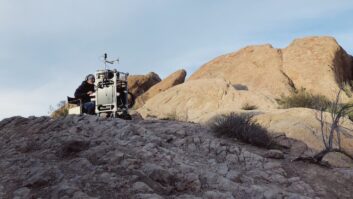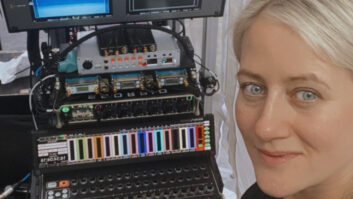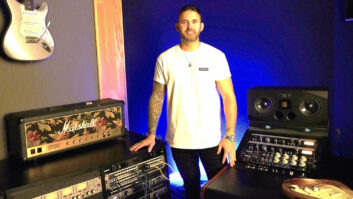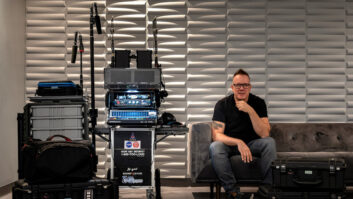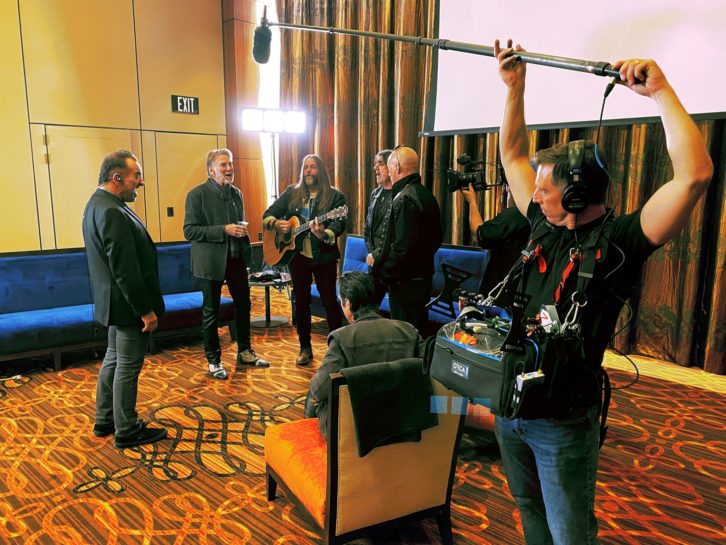
Columbus, OH (July 19, 2022)—Field production mixer Eric Vucelich has done everything from national news and pro and college sports to commercials and presidential campaign ads using his collection of Lectrosonics wireless equipment.
Vucelich, who has been working in the greater Columbus, Ohio metropolitan area since 1996, says that his Lectrosonics collection, including two dual-channel SRc and three SRb Digital Hybrid Wireless receivers plus four SMWB wideband and six SMQVs transmitter packs — get him through any conceivable job. “Here in Ohio, you can’t just focus on one avenue of production. It’s a mixed bag, so every couple of days, there’s a very different job,” he says.
“I’ve recently done spots for CBS Sunday Morning, CBS Sports, and the Ohio liquor control commission,” he continues. “I’m doing one for Safelite Auto Glass next week. Every single bit of it, everybody was wireless or will be wireless. It’s not like the times where everyone is fine with a boom. So, it’s important to have equipment that’s reliable.” Some of that CBS Sunday Morning work included a segment on Kenny Loggins.
With Vucelich frequently covering sporting events at Ohio State University as well as other high-impact sporting events, this reliability is regularly tested. “I’ve had athletes sweat all over their packs with no issues,” he recalls. “One time, I had the goalie of the Columbus Blue Jackets [hockey team] pouring water from a bottle all over his face during practice. Lots of water. It was running down inside his uniform and soaking the transmitter. I don’t recommend trying this intentionally, but the pack didn’t give up and we kept recording. You do your best to protect the gear, but there are always surprises”
Vucelich uses his SMWBs for their RF flexibility almost exclusively, he says, but the SMQVs still have their role. “I also grab radio feeds from the home and away teams,” he says. “The SMQVs have two batteries instead of one, so I’ll stick one on the radio feed for the home team and one on the away team. We use this to transmit down to the camera operators on the field, who listen to the play-by-play chatter and make decisions on the fly about where to track the action next. These feeds are also used in the final cut of the show. From initial setup before the game to wrap, you’re looking at about eight hours, and with the SMQVs I’m not worried about changing batteries.”
A secondary benefit of the SMQVs is range, as Vucelich notes: “Although I don’t usually have to get too far from the camera and the talent because I do a lot of ‘one man band’ type work, there might be a commercial or something where there’s car-to-car stuff going on. I like knowing that I can push the SMQVs up to a quarter-watt output power in conjunction with a good antenna and get the range required.”


